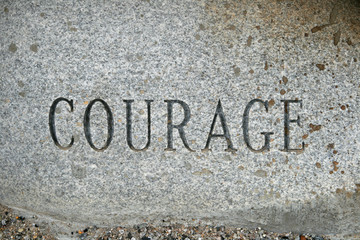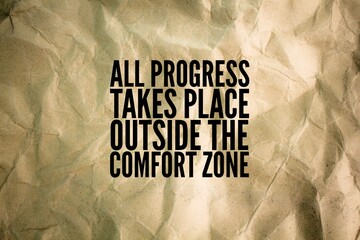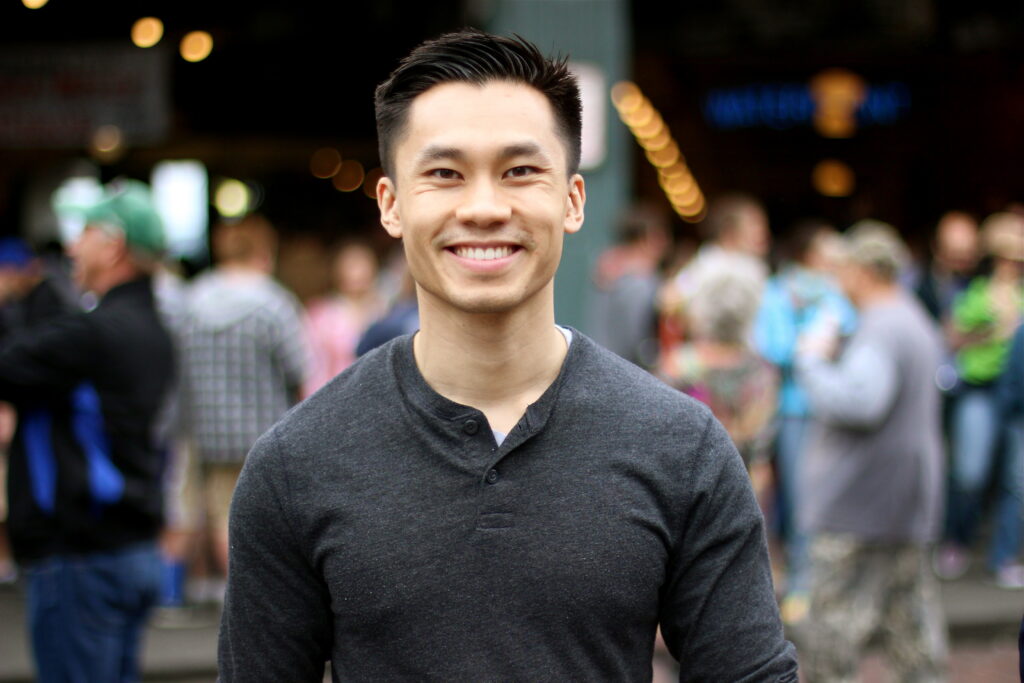
Imagine the last time your heart raced before a major decision, or when you last felt fear of taking that great leap, confronting someone, stepping up into a new role? Often we think of fear as weakness, but the truth is fear is normal and sometimes necessary as a path to growth and change. Courage isn’t the absence of fear – it’s the decision to move forward despite it. It’s standing at the edge of uncertainty, seeing every possible way things could go wrong, seeing the risks, and choosing to move forward anyway.
It shows up in the everyday moments that define us: when you raise your hand for that promotion even though imposter syndrome screams you’re not ready, when you initiate that conversation that’s been keeping you up at night, or when you stretch beyond your comfort zone to try new things and reach new goals. These moments – these daily acts of facing our fears – that’s where true courage lives.
TWO TIPS TO BECOMING MORE COURAGEOUS
When it comes to goals we set for ourselves, there are two helpful tips I have learned and practice in my life:
THE 5-SECOND RULE
We are all familiar with that moment of pause when we are about to do something but consider changing our minds. When we have goals we want to achieve we have to focus on taking action. Mel Robbins shares in her book, The Five Second Rule, that when you have a goal or a thought that you want to accomplish, you must act on it within 5 seconds. If you don’t, your fears and doubts will talk you out of doing it. It is important to take action even when you don’t feel like it. If your goal is to start exercising but you feel a hesitation to start, or you just are not in the mood, don’t wait, do a countdown… 5, 4, 3, 2, 1, then DO IT! Don’t hesitate.
REPEAT SUPPORTIVE BEHAVIORS
When you’re striving to achieve a goal, it’s important to recognize positive behaviors and practice them consistently. For example, if you’re aiming to boost your confidence in a skill, such as public speaking, seek out opportunities to fully engage in the activity. Repeatedly doing so will help you overcome your fears and gradually build confidence. Just like a muscle, courage grows stronger the more you use it.

We all have our comfort zones. It is easy to stay with what is comfortable because it is safe and familiar. But that is not where growth happens. Staying in your comfort zone will not help you to learn and succeed. It takes courage to step outside what is safe and familiar, to take risks and do new things or change your path. The more you face your fears and lean into discomfort, the easier it gets, the more competence you build, the more confident you become.


